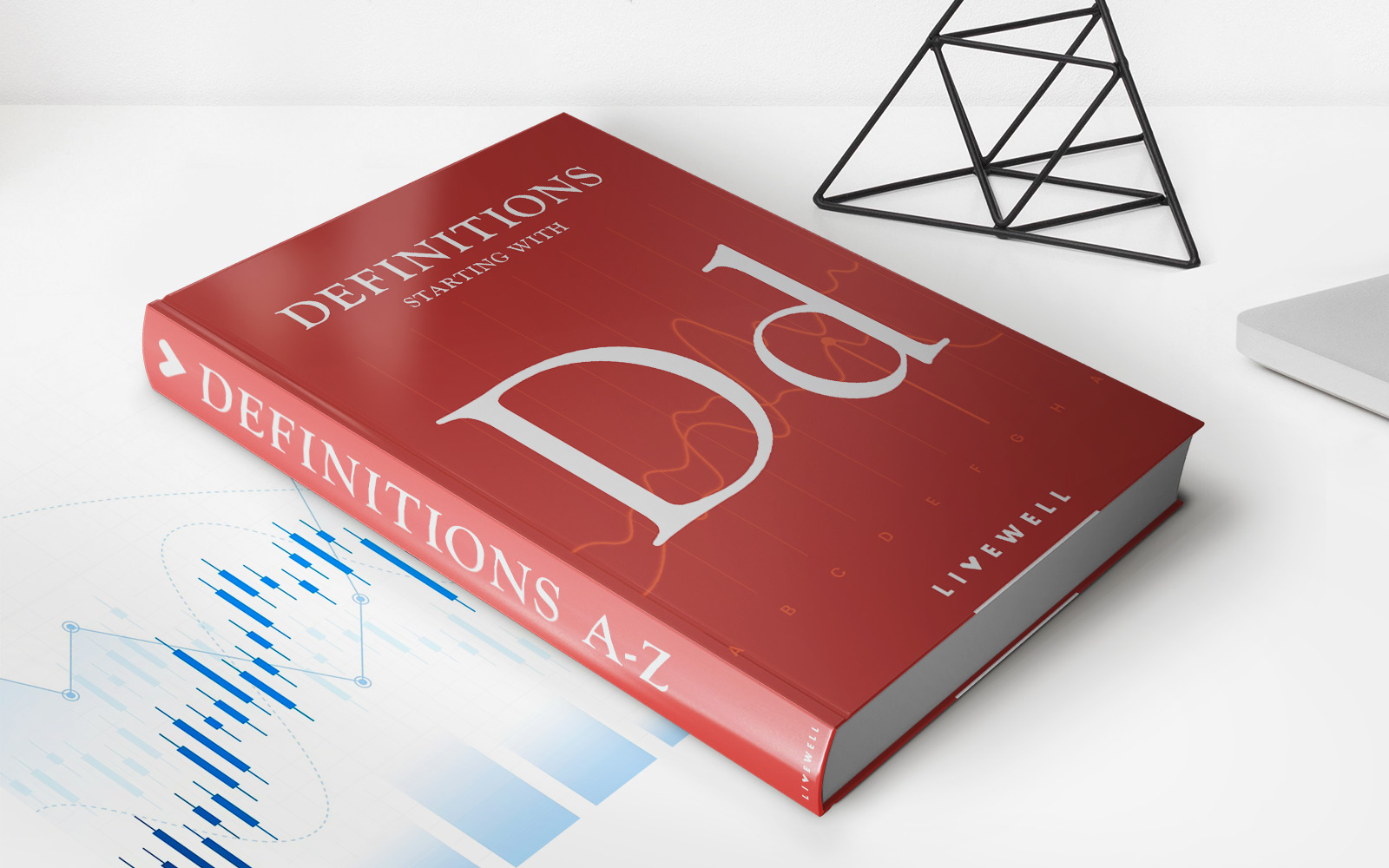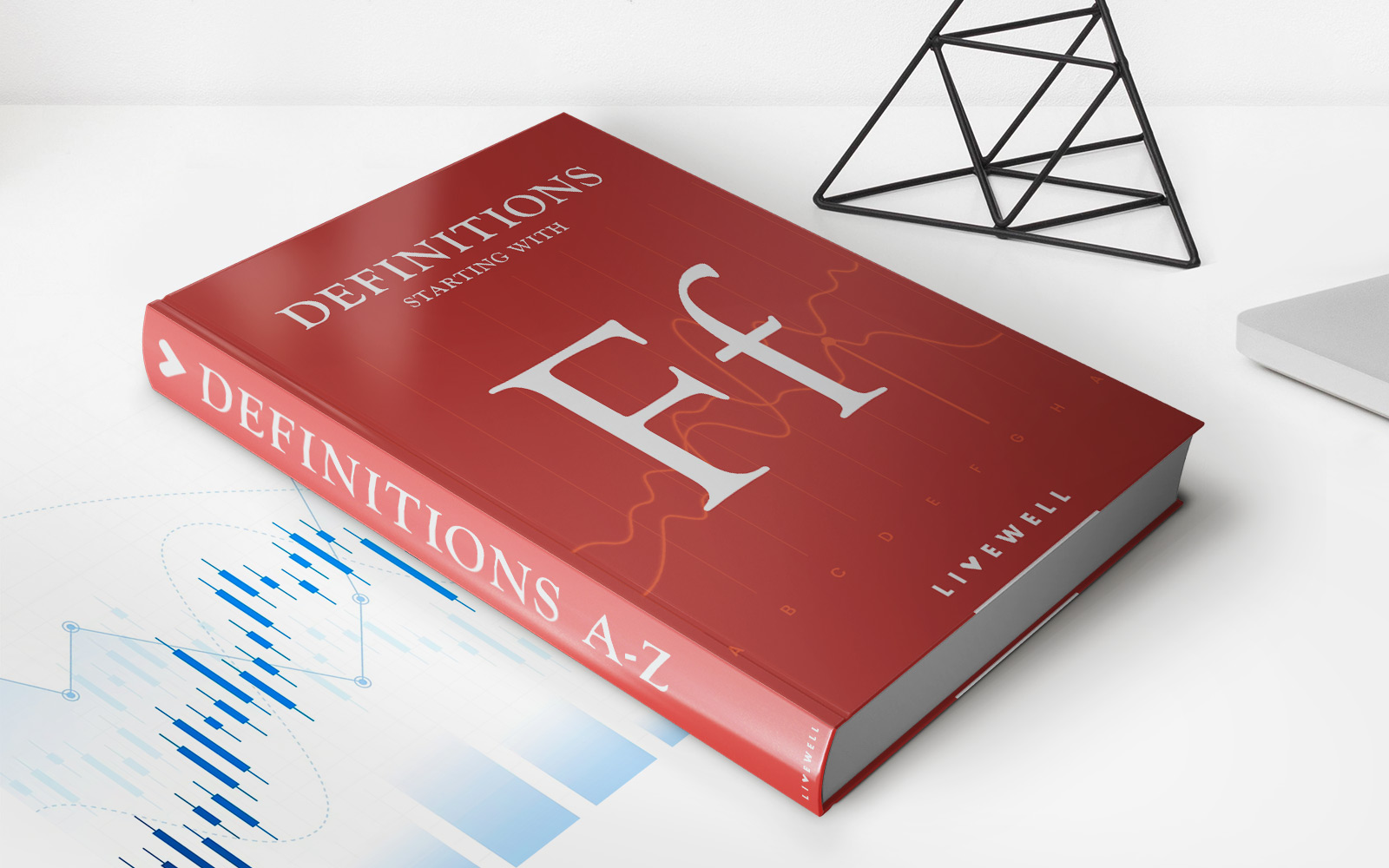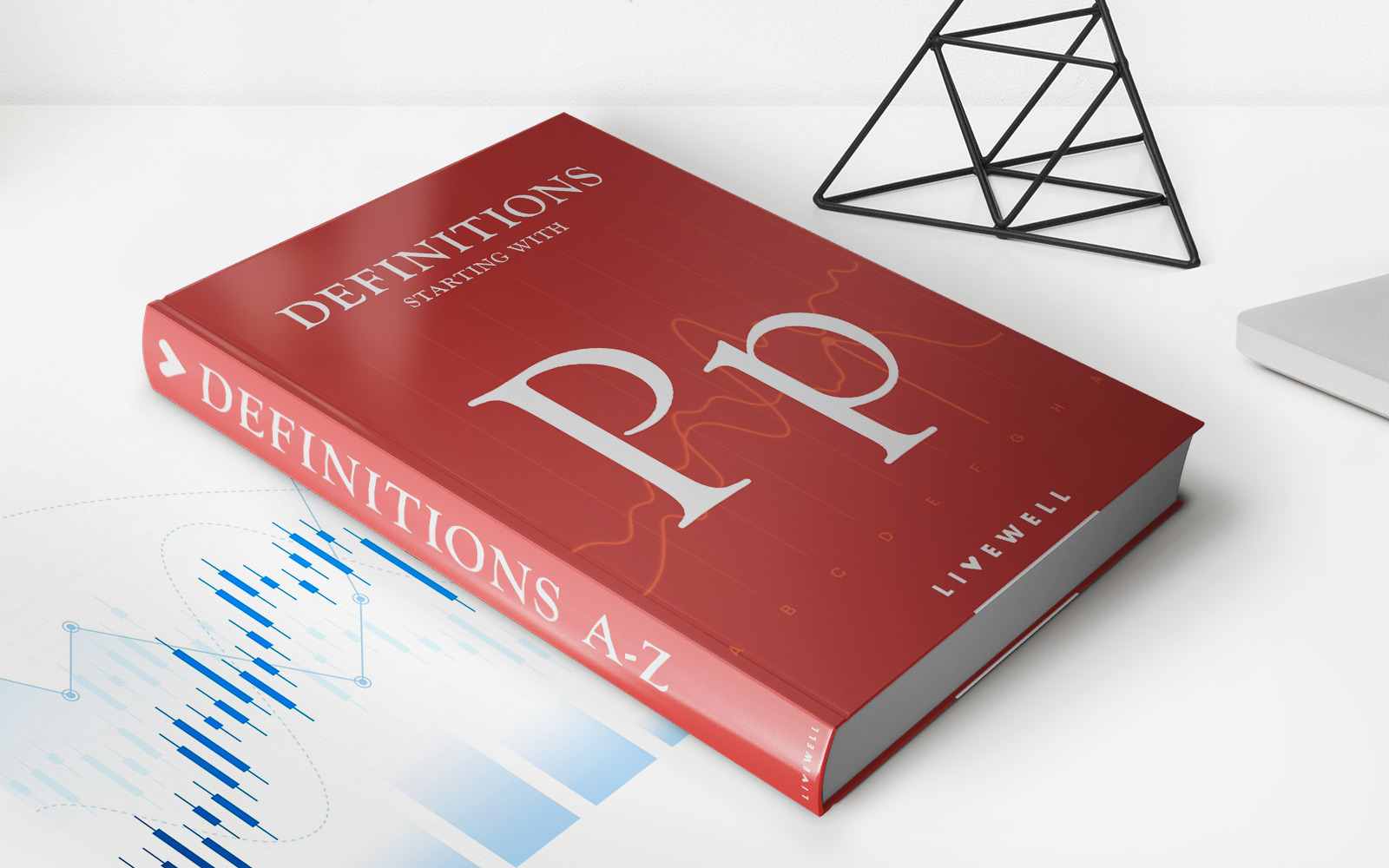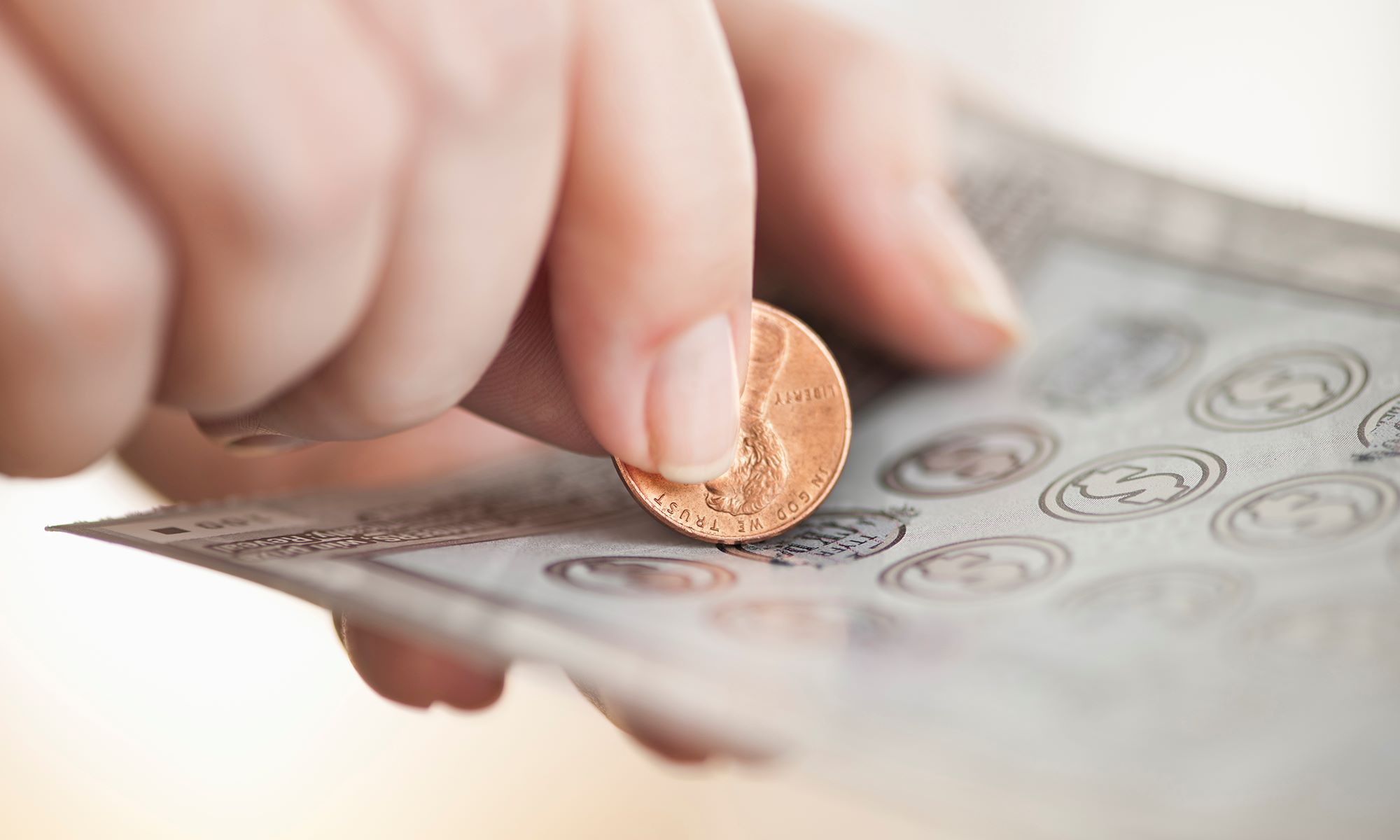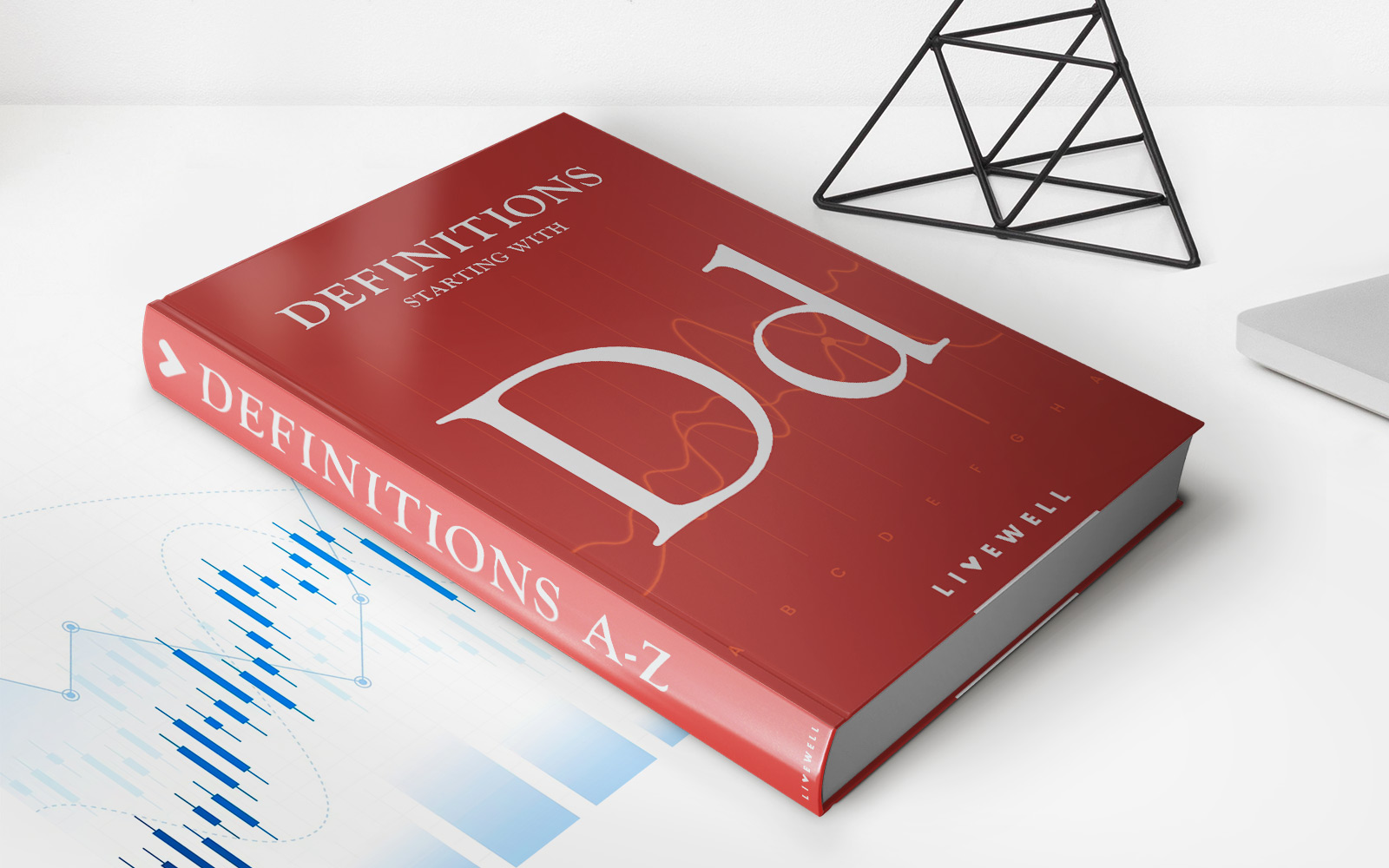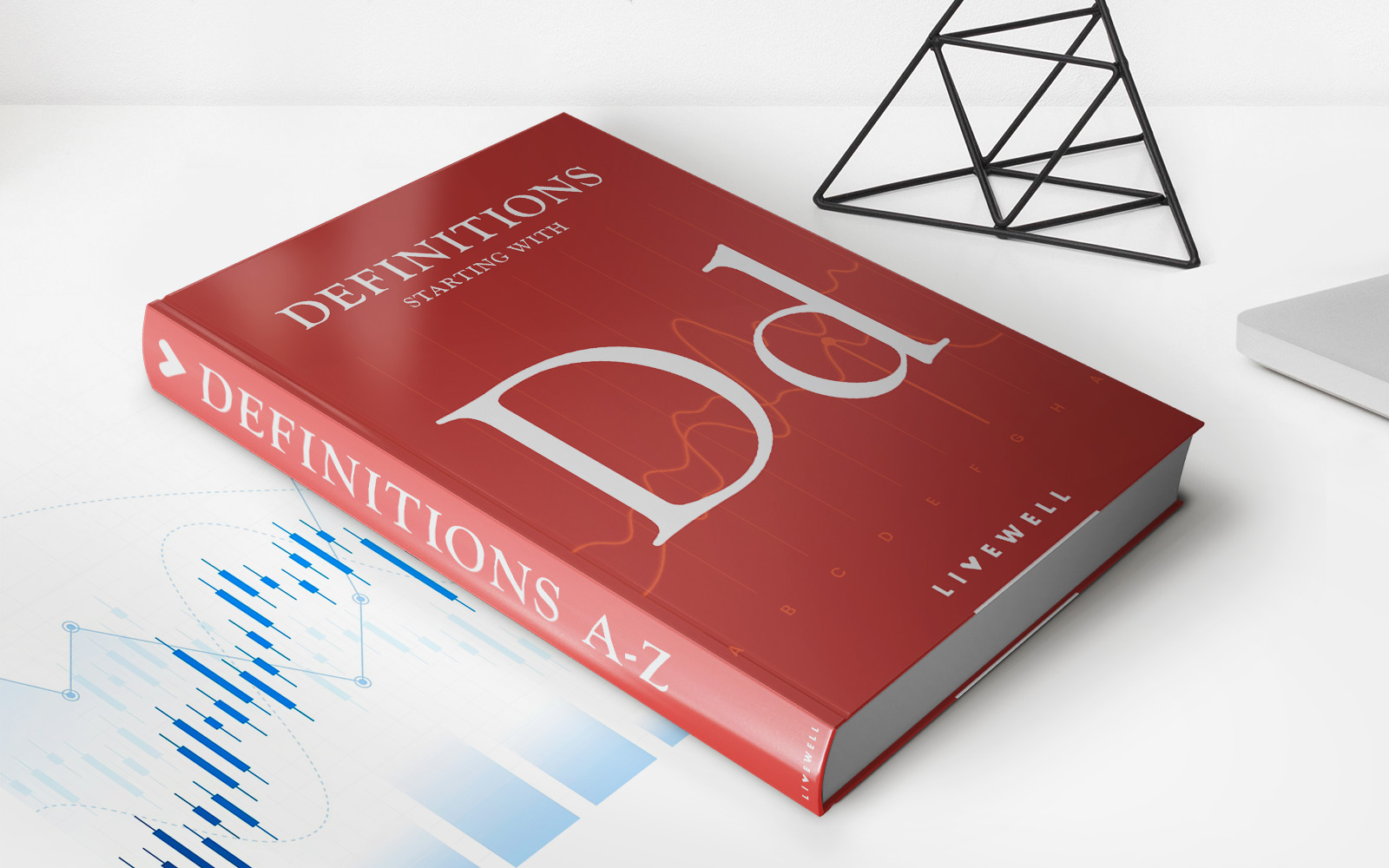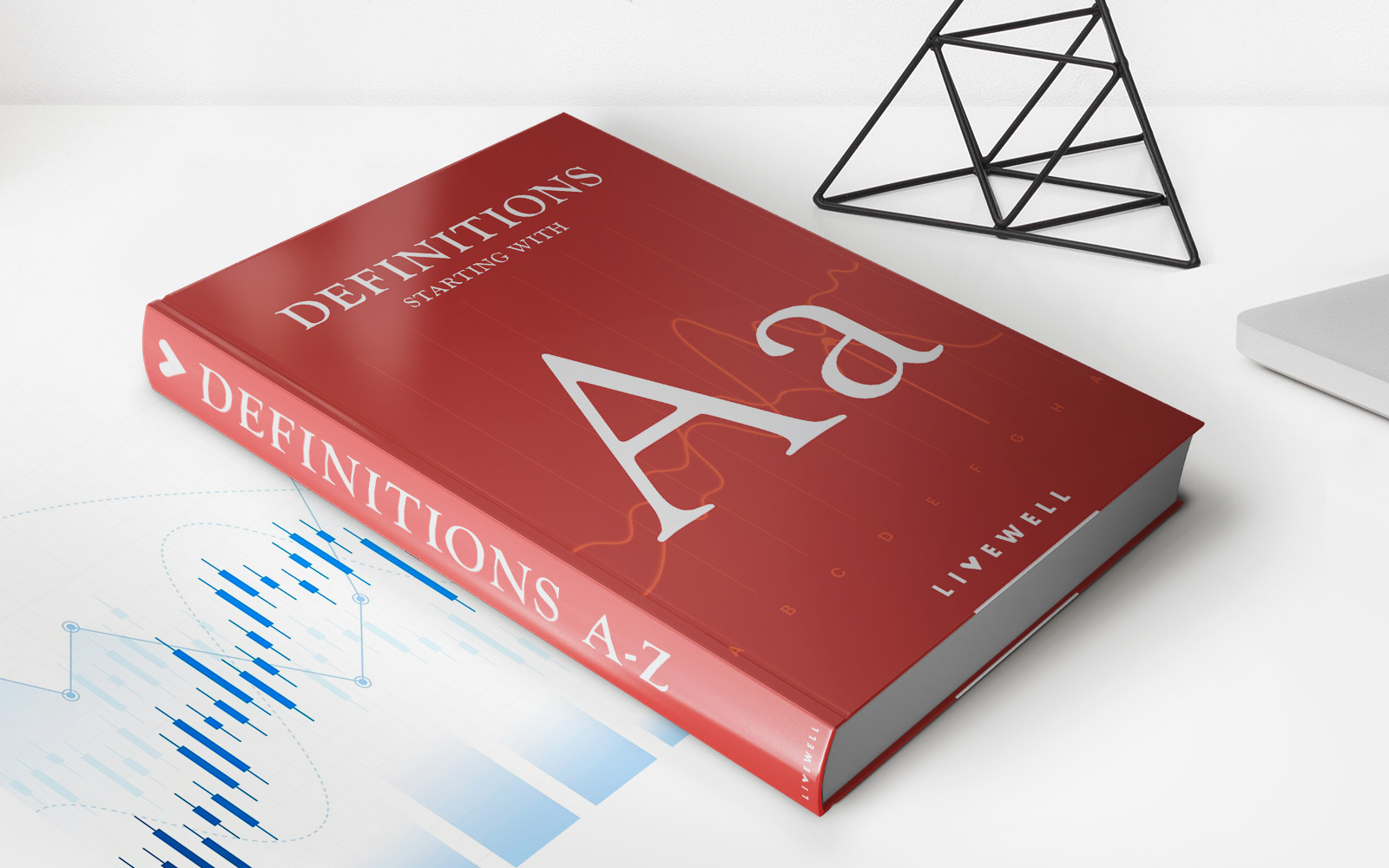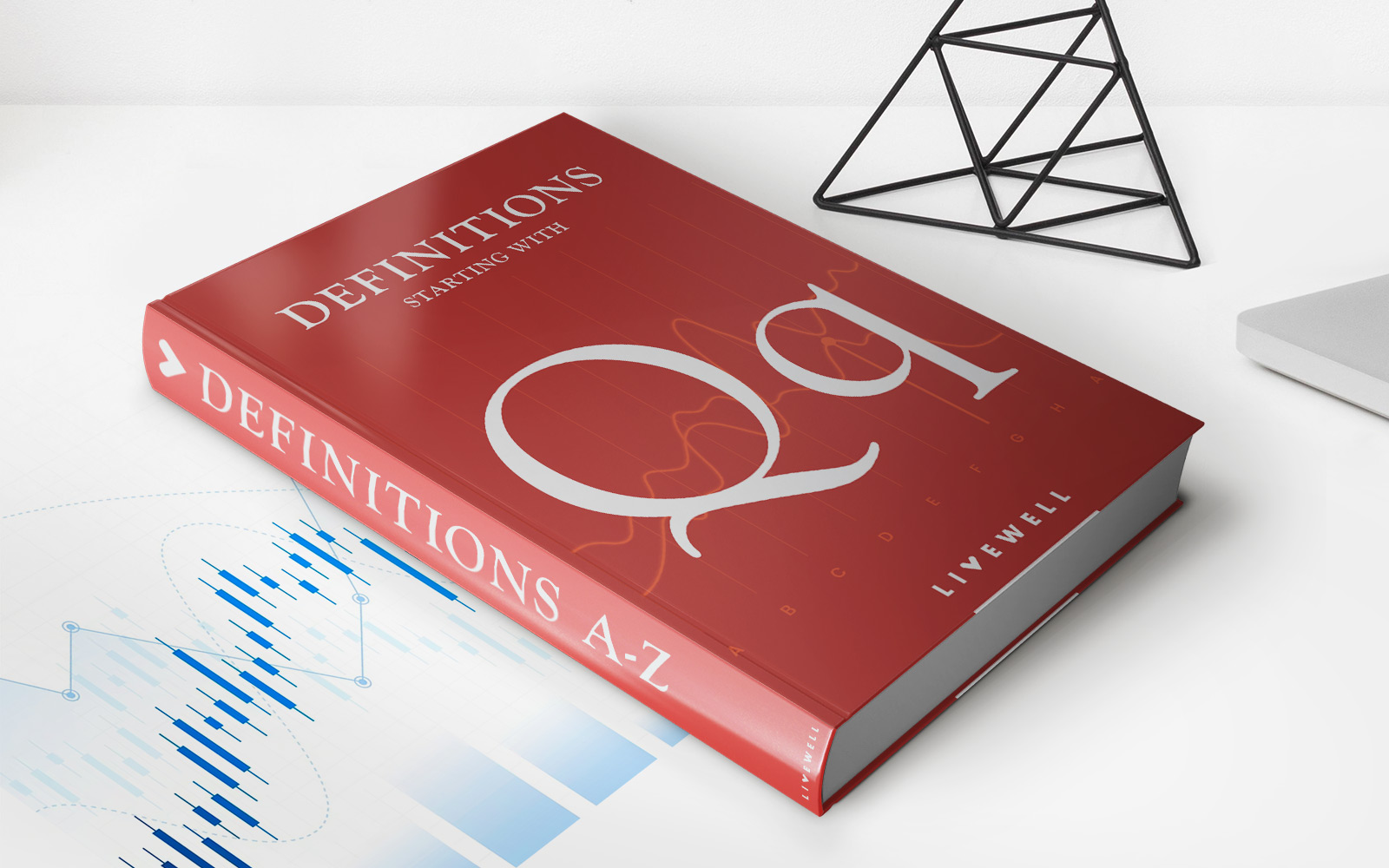Home>Finance>What Is A Collectible? Definition, Investing, Insurance And Types


Finance
What Is A Collectible? Definition, Investing, Insurance And Types
Published: October 29, 2023
Learn the definition of collectibles in finance, including how to invest, insure, and the different types available. Find out more about collectibles here.
(Many of the links in this article redirect to a specific reviewed product. Your purchase of these products through affiliate links helps to generate commission for LiveWell, at no extra cost. Learn more)
What Is a Collectible? Definition, Investing, Insurance and Types
Collectibles have long fascinated individuals who are passionate about rare and valuable items. Whether it’s stamps, coins, artwork, or sports memorabilia, collectibles hold a unique appeal for collectors and investors alike. But what exactly is a collectible, and what makes it valuable? In this blog post, we’ll explore the definition of collectibles, their importance as an investment option, the need for insurance, and different types of collectibles that people pursue.
Key Takeaways:
- Collectibles refer to rare and valuable items that people collect due to their historical, artistic, or sentimental value.
- Collectibles can serve as an alternative investment, offering potential financial gains.
Defining Collectibles
A collectible can be defined as an item that is collected and valued based on its uniqueness, scarcity, or popularity. While some collectibles may have a functional purpose, such as vintage cars or antique furniture, most collectibles are treasured for their aesthetic, historical, or sentimental value. These items can range from ancient artifacts to modern-day trading cards.
Collectibles often hold a special place in people’s lives. They allow us to connect with the past, preserve cultural heritage, and express our individuality. The allure of collectibles lies in their ability to evoke emotions and spark nostalgia, making them more than just material possessions.
Investing in Collectibles
Besides being treasured possessions, collectibles can also be seen as an attractive investment option. Collectibles have the potential to appreciate in value over time, especially if they become increasingly rare or popular. However, investing in collectibles comes with its unique set of risks and considerations.
Key Takeaways:
- Collectibles as an investment can offer potential financial gains, but they come with risks.
- Research, knowledge, and understanding of the market are crucial for successful collectible investing.
Successful investing in collectibles requires in-depth research, market knowledge, and an understanding of demand and supply dynamics. It’s essential to study trends, consult experts or collectors’ communities, and carefully assess the condition and authenticity of the collectible items. While investing in collectibles can be rewarding, it’s important to approach it with a long-term perspective and diversify one’s investment portfolio to manage any potential risks.
Protecting Your Collection with Insurance
If you’re an avid collector or have valuable collectibles in your possession, it’s crucial to consider insurance to protect your investment. Collectibles, by their very nature, are often irreplaceable, making insurance an essential component of safeguarding your collection from potential loss or damage.
Insurance coverage for collectibles can vary depending on the type of items, their appraised value, and your specific needs. Working with an experienced insurance provider can help you identify the right coverage options for your collection, ensuring you have peace of mind knowing that you’re financially protected.
Types of Collectibles
Collectibles encompass a vast array of items across different categories. Here are some popular types of collectibles:
- Coins: Collecting rare coins can be a rewarding hobby, with numismatics being a popular collectible category.
- Stamps: Philatelists collect and appreciate stamps, seeking out rare and unique pieces from around the world.
- Artwork: From paintings and sculptures to prints and contemporary installations, art collecting has been an age-old tradition.
- Antiques: Vintage furniture, pottery, glassware, or other items from a particular period are sought after by antique enthusiasts.
- Sports Memorabilia: Autographed sports jerseys, trading cards, game-used equipment, and other sports-related items are highly collectible.
- Comic Books: Rare comic books featuring beloved superheroes or iconic story arcs can fetch significant prices among collectors.
- Watches and Jewelry: Collecting luxury watches or unique pieces of jewelry can be a way to embrace craftsmanship and style.
While these are just a few examples, the world of collectibles is vast and offers something for everyone’s interests and passions.
Conclusion:
Collectibles serve as windows to history, art, and culture, enabling us to cherish and preserve valuable artifacts. Whether you collect them for their aesthetic appeal, as a passionate hobby, or as an investment opportunity, collectibles have an enduring allure. It’s important to approach collectibles with care, conducting thorough research, and considering factors like market trends, authenticity, and insurance. With the right approach, collecting can be a fulfilling and potentially rewarding pursuit.

